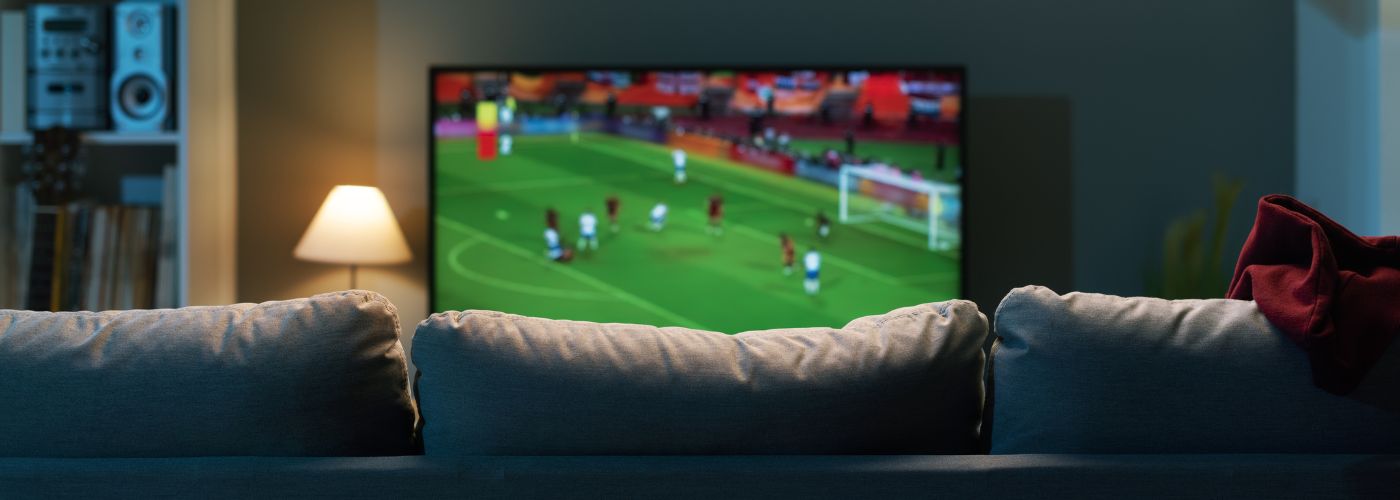Have you ever felt overwhelmed by the options when creating your perfect home theater? You’re not alone—many people make simple yet costly mistakes during installation. In this article, we’ll highlight mistakes to avoid with smart home installations!
Top Mistakes To Avoid With Smart Home Theater Installations
One of the most common mistakes to avoid with smart theater installation is neglecting the integration of smart devices. Many homeowners rush to purchase the latest gadgets but fail to ensure they work seamlessly together. Before making any purchases, do thorough research on compatibility and user interfaces.
A disjointed system can turn a high-tech setup into a frustrating chore rather than an enjoyable retreat. Lastly, don’t underestimate the power of proper calibration. Many users skip this step, assuming their new gear will work perfectly out of the box.
Investing a little time in adjusting settings will enhance picture quality and sound clarity, turning your living space into a true entertainment oasis.
We recommend having gadgets and equipment like a quality projector or large-screen TV, surround sound system, and smart lighting to enhance your viewing experience. Opt for a 4K or even 8K resolution display to ensure crystal-clear images.
Additionally, invest in a high-fidelity audio system that includes multiple speakers strategically placed around the room to create an immersive soundstage.
Failing to Plan The Home Theater Layout
One of the biggest pitfalls in smart home theater installations is failing to plan the home theater layout effectively. Many homeowners jump straight into purchasing equipment without considering how the space will be used. A well-thought-out layout can enhance both viewing and listening experiences, ensuring that everyone has a great seat.

Think about the sightlines, seating arrangements, and even acoustics—these factors can make or break your setup.
Another common mistake is neglecting to account for lighting control. Ambient light can wash out your screen, diminishing picture quality and overall enjoyment. Consider blackout curtains or smart lighting solutions that adjust based on movie time. Finally, don’t overlook the importance of future-proofing your installation.
Technology evolves rapidly, so investing in easily upgradeable components can save you from costly overhauls down the line. Planning ahead makes all the difference in creating a seamless and enjoyable home theater experience.
Overseeing Room Acoustics For Sound System Installations
One of the biggest mistakes homeowners to avoid with smart home theater installations is overlooking room acoustics. A stunning sound system can fall flat if the room isn’t set up to enhance audio quality. Be sure to consider the dimensions and materials of your space. Hard surfaces like tile or glass can create echoes, while soft furnishings such as carpets, curtains, and upholstered furniture can help absorb sound and reduce reverberation.
To improve acoustics, start by analyzing the layout of your room. Position your speakers at optimal angles and heights to maximize sound distribution. It may also be beneficial to invest in acoustic panels or bass traps, which can further refine audio performance by controlling sound reflections and minimizing distortion.
Additionally, think about the placement of your seating. The ideal arrangement is typically in a “sweet spot” where sound waves converge, providing an immersive listening experience. Experimenting with different positions can help you find the best setup for your specific room.
By paying attention to room acoustics, you can elevate your home theater experience, making it not just visually stunning but also sonically exceptional.
Not Prioritizing Cable Management
One of the biggest mistakes homeowners make during smart home theater installations is not prioritizing cable management. A tangled mess of cables can ruin the aesthetic of your space and lead to functionality issues down the line.
Not only does poor cable management create visual clutter, but it also makes troubleshooting much more complicated. Investing time in organizing and concealing cables can enhance the overall look of your setup and prevent potential hazards like tripping or overheating.
Use cable management solutions like cable ties, sleeves, and raceways to keep your wires organized and out of sight. Cable ties can bundle multiple cables together, reducing clutter and making it easier to manage them.
Sleeves offer a neat appearance while providing protection from wear and tear. Raceways, which can be mounted along walls or ceilings, allow you to run cables discreetly without drilling into surfaces.
Underestimating the Importance of Screen Size
One common pitfall in smart home theater installations is underestimating the importance of screen size. Many homeowners focus solely on the latest tech and forget that the viewing experience hinges significantly on how well the screen fits the room. A massive screen in a small space can overwhelm viewers, while a tiny screen in a large room can leave them squinting.
It’s crucial to measure your space and consider the optimal viewing distance to ensure everyone enjoys a clear and immersive experience.
Be sure to use screen sizes from reputable brands and verify the specifications to match your room’s dimensions. A good rule of thumb is to sit at a distance that is 1.5 to 2.5 times the diagonal size of the screen for HD content, and even closer for 4K content, which offers higher resolution and allows for more flexibility in screen size.
Additionally, consider the aspect ratio of the screen. Most modern televisions and projectors use a 16:9 aspect ratio, ideal for movies and TV shows, but if you plan to watch a lot of classic films or engage in gaming, a 21:9 ultrawide screen might enhance your experience by providing a more cinematic view.


More to Read
Top Smart Locks For Homes
Are you still using a standard key to lock your door? It might be time
Jul
How To Keep Your Home Safe During Traveling
Have you ever returned from a dream vacation only to discover your home has been
Jun
Mistakes To Avoid With Smart Home Theater Installations
Have you ever felt overwhelmed by the options when creating your perfect home theater? You’re
May